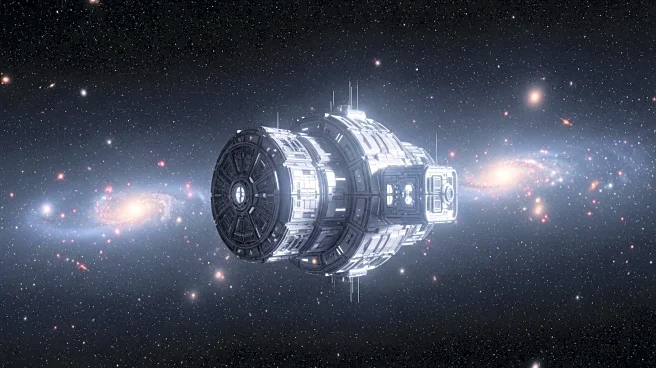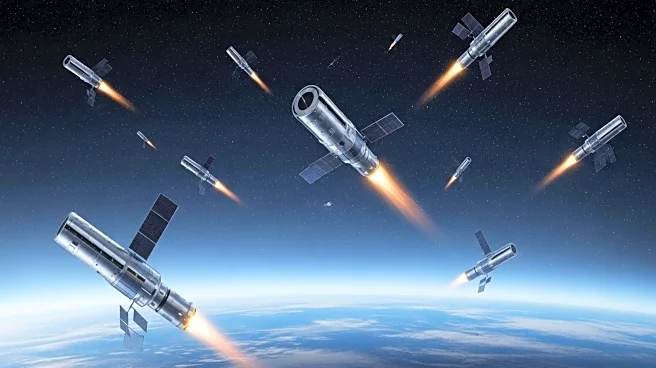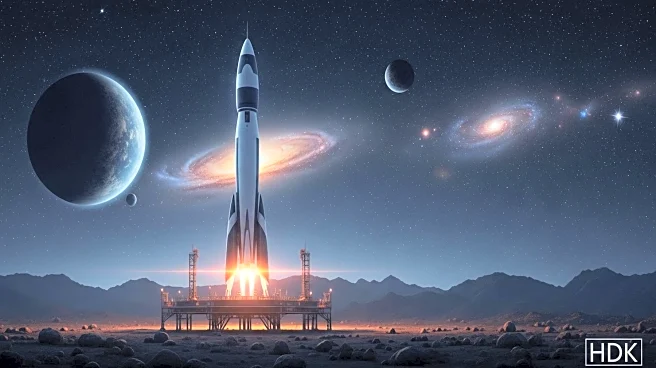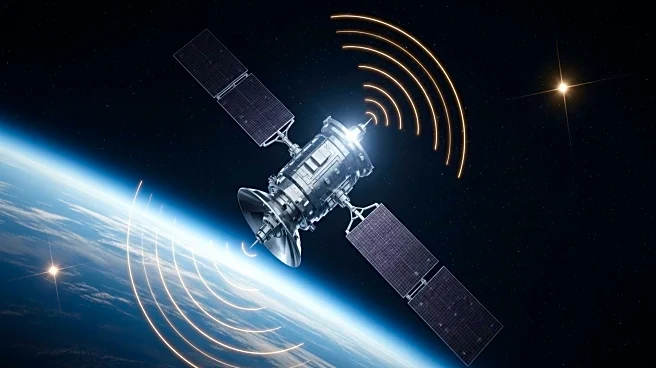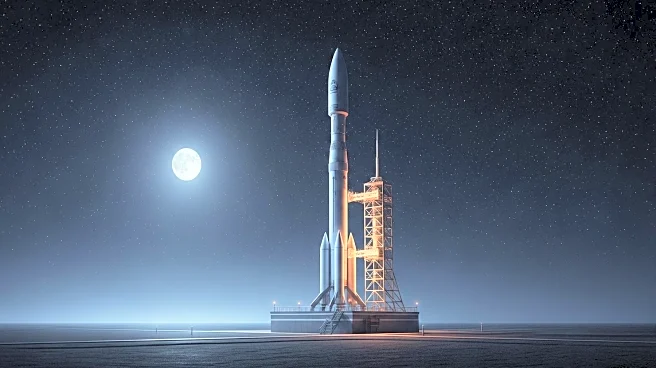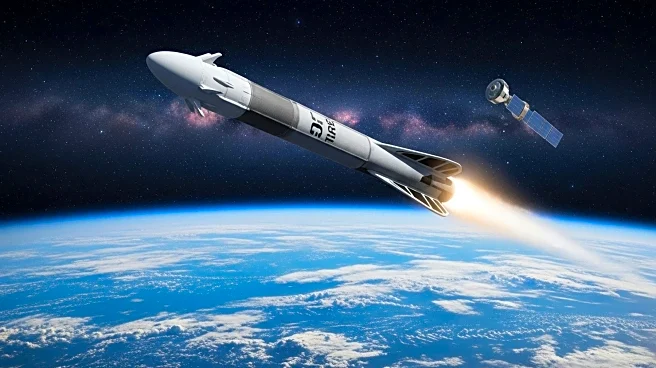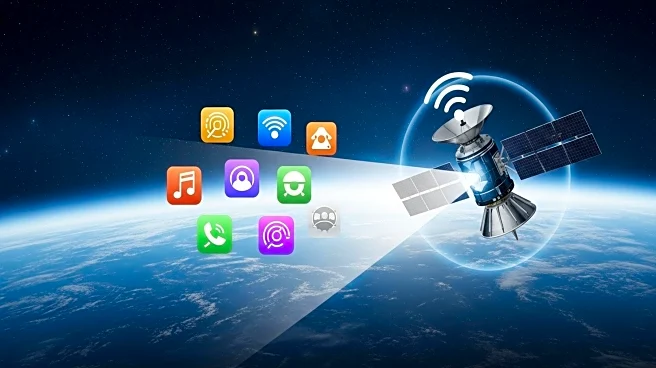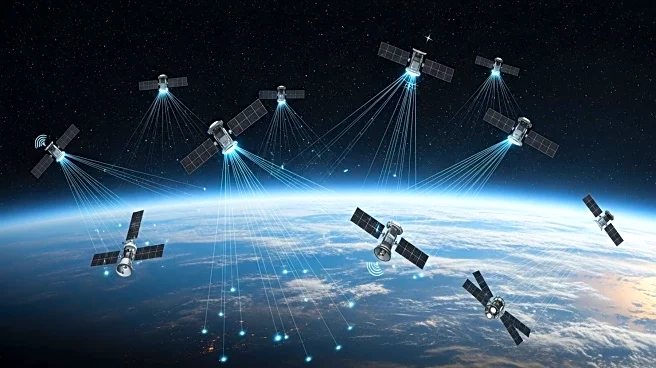What's Happening?
SpaceX has successfully launched a Falcon 9 rocket carrying 28 Starlink satellites from Vandenberg Space Force Base on October 3, 2025. This marks the company's 125th Falcon 9 flight of the year, setting a record for launch frequency. The booster landed on the 'Of Course I Still Love You' droneship shortly after liftoff. With over 8,500 Starlink satellites now active, SpaceX's constellation constitutes approximately two-thirds of all operational satellites globally, underscoring its dominance in low-orbit communications. More than 70% of SpaceX's launches this year have been dedicated to Starlink missions, highlighting the company's focus on expanding its internet constellation.
Why It's Important?
The expansion of SpaceX's Starlink constellation has significant implications for global internet connectivity, particularly in remote and underserved areas. By increasing the number of operational satellites, SpaceX enhances its ability to provide high-speed internet access worldwide, potentially bridging the digital divide. This development also reinforces SpaceX's position as a leader in the commercial space industry, challenging traditional satellite operators and prompting competitive responses. The dominance of Starlink in low-orbit communications could influence regulatory policies and market dynamics, as other companies and governments seek to establish their presence in the satellite internet sector.
What's Next?
SpaceX is preparing for the second test flight of its Starship rocket, scheduled for October 13, 2025. This test aims to achieve orbit, marking a significant milestone in the development of fully reusable super-heavy launch vehicles. Success in this endeavor could pave the way for more ambitious projects, such as Mars colonization and lunar bases. Additionally, SpaceX's continued focus on Starlink launches suggests ongoing expansion of its satellite network, potentially leading to further advancements in global internet coverage and increased competition in the satellite communications market.
Beyond the Headlines
The rapid deployment of Starlink satellites raises questions about space traffic management and the long-term sustainability of satellite constellations. As the number of satellites in orbit increases, concerns about space debris and collision risks become more pressing. This situation may necessitate new international regulations and cooperation to ensure safe and sustainable use of space. Furthermore, the dominance of a single company in low-orbit communications could lead to discussions about market monopolies and the need for diversified satellite internet providers to ensure competitive pricing and innovation.


